On the morning of February 18 (the 9th day of the Lunar New Year), more than 10,000 people flocked to Go Thi Thung (An Xuan commune, Tuy An district, Phu Yen) to watch the horse racing festival and enjoy the unique atmosphere of a traditional folk festival in the Central region.
Racehorses are everyday pack horses that people use to transport agricultural products from the fields to their homes. They have never been trained for competition so they are not used to galloping.
Standing in front of a cheering crowd for the first time, many horses panicked and ran off the track. Many horses had been given the start command long ago but refused to run. Many people chased, shouted, and spanked them before they would start.
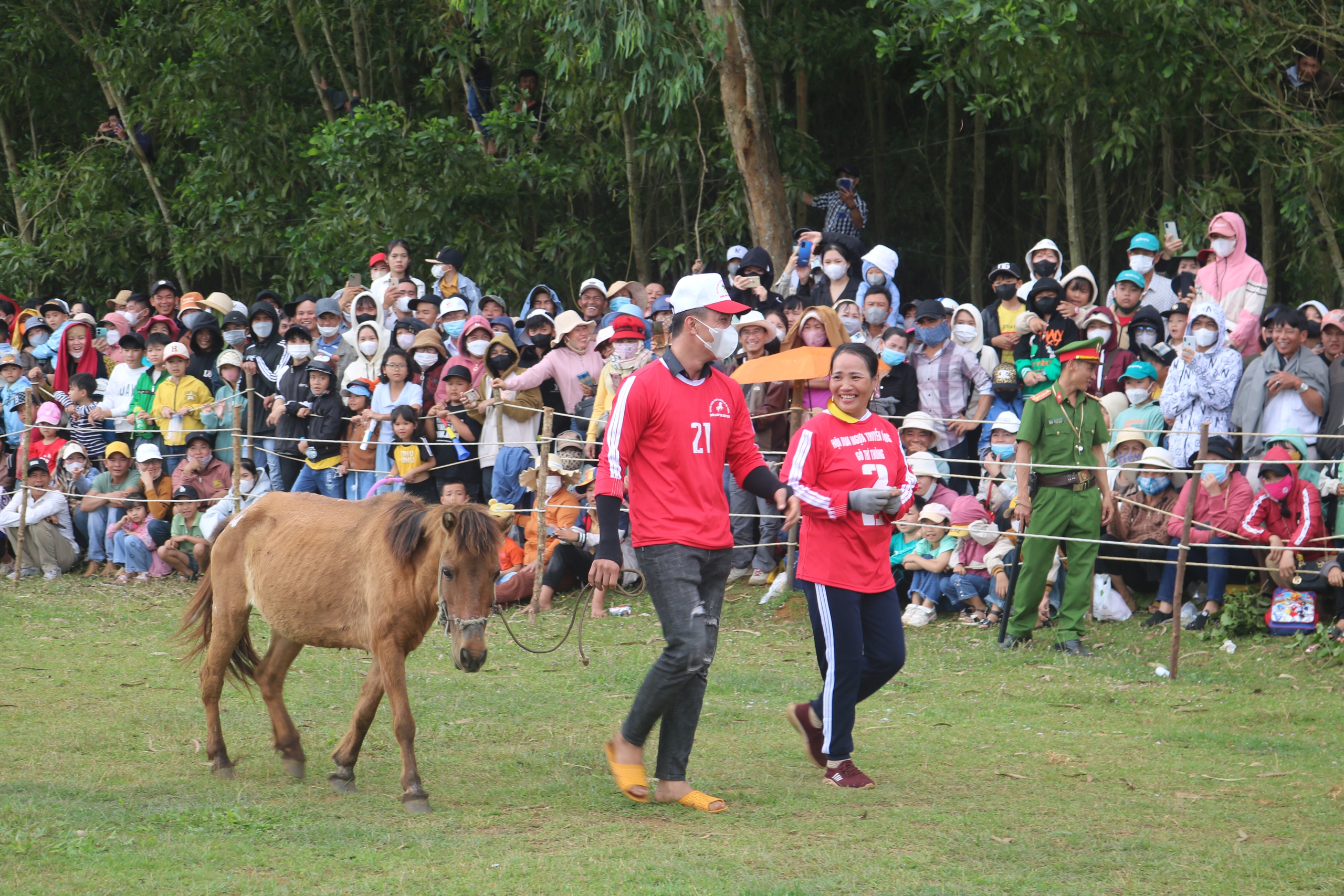
Prepare to race
There was a horse that was racing but… didn’t feel like racing anymore, so it pulled over to rest. Even more strangely, there was a horse that threw its rider to the ground to get rid of the hindrance so it could run faster to the finish line.
The horse drivers are not professional athletes, but rather farmers with dirty hands or horse owners.
Mr. Tran Quang Thong (41 years old, resident of An Xuan commune, Tuy An district), driver of racing horse number 17, shared: "This is the 4th time I have participated in horse racing. It is my own horse so I also join in the fun, joining in the traditional festival atmosphere at the beginning of the year. Most people use pack horses to race so it is not professional, this horse is mainly for endurance but cannot gallop."
Mr. Thai Van Sau (residing in Phu Lam Ward, Tuy Hoa City, Phu Yen), the driver of racehorse number 25, said that after failing at the horse racing festival last year, this year he is determined to win first prize.
"This race depends a lot on the horse, because it is a pack horse so it is very arbitrary. Standing in front of a crowd, the horse can easily panic and run wild. I have to use a whip to urge it to race, and I have to concentrate highly, otherwise it will throw me off and I will be disqualified immediately," said Mr. Sau.
Thanks to such "unique" and amateurish details, the horse racing festival in Go Thi Thung has made thousands of spectators laugh heartily at the beginning of the new year.
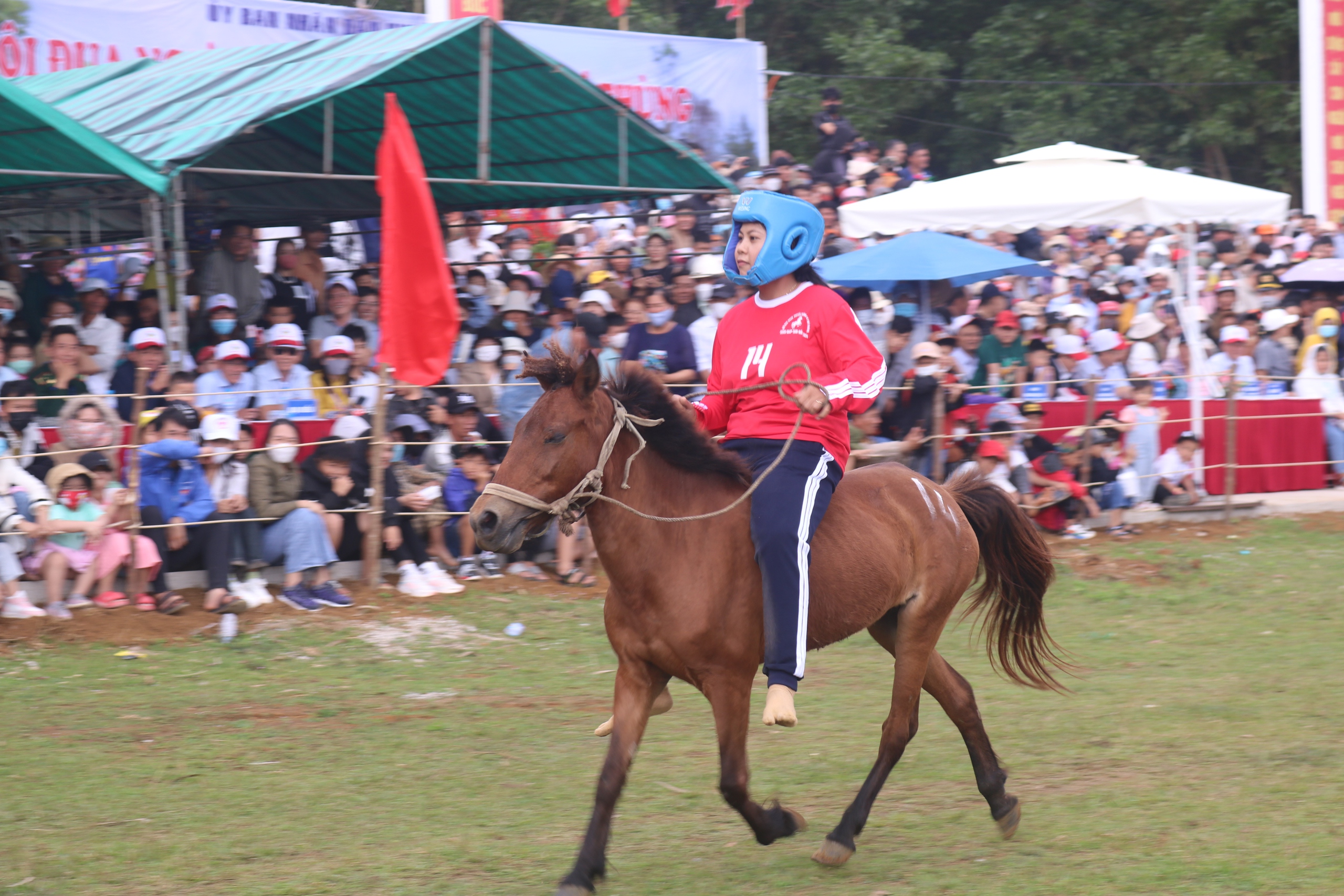
A woman controls a horse on the racetrack.
This year's horse racing festival has the participation of 32 "war horses" from 4 communes: An Linh, An Xuan, An Hiep and An Tho (Tuy An district). Each race consists of 4 horses competing, running 2 laps (2 km), then the 8 fastest horses in the group stage are selected to compete in the semi-finals. The four horses that win first and second place in the semi-finals are selected to compete in the final round.
After more than 3 hours of competition, the first prize went to horse number 25 (An Hiep commune) driven by Mr. Thai Van Sau; the second prize went to horse number 22 (An Hiep commune) driven by Mr. Le Thanh Chung; the third prize went to horse number 9 (An Xuan commune, driven by Mr. Vu Hong Hung) and horse number 32 (An Hiep commune, driven by Mr. Thai Binh Thuan).
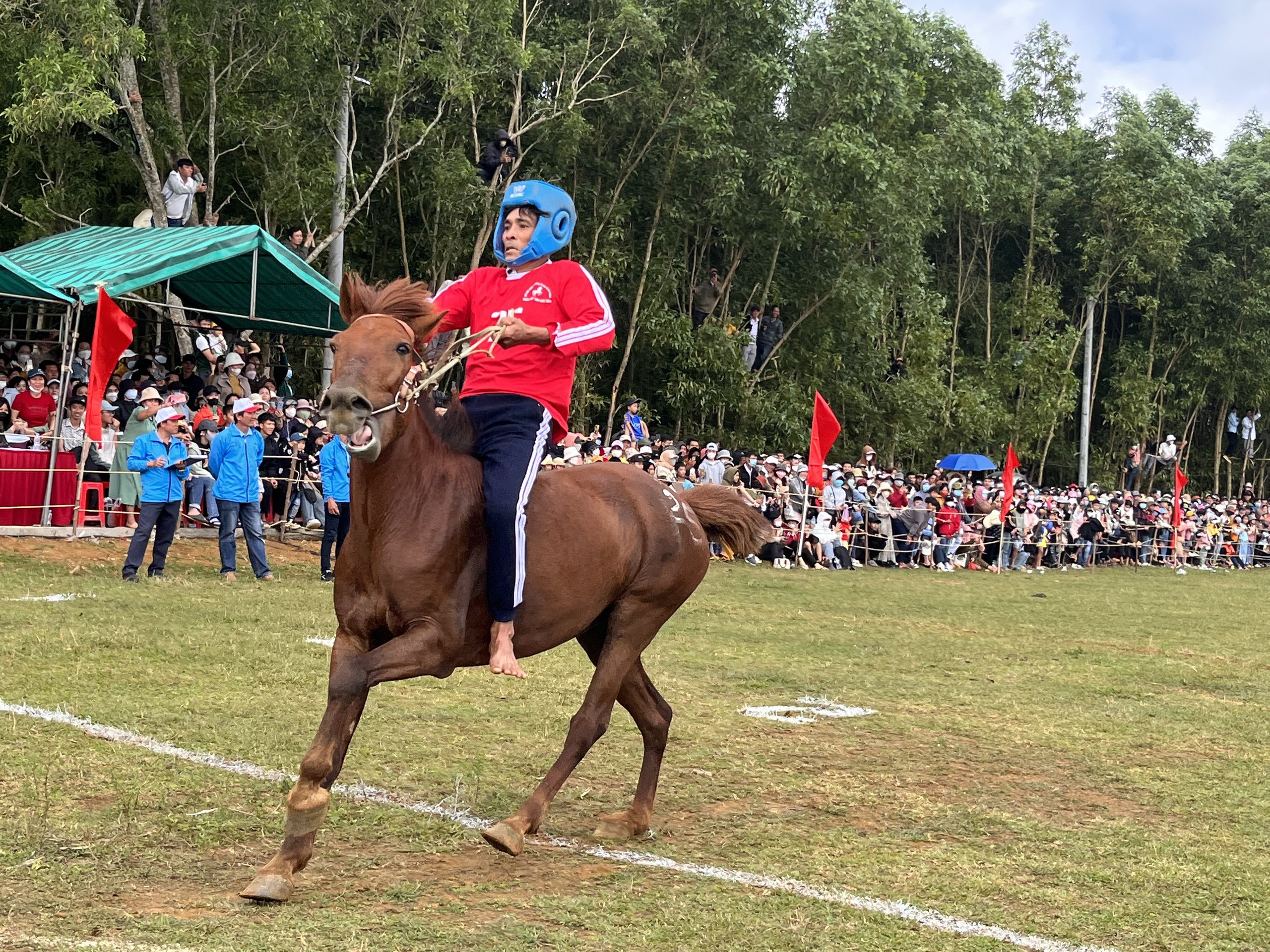
Horse number 25, driven by Mr. Thai Van Sau, won first prize in the competition.
The fourth time coming to watch the horse racing festival in Go Thi Thung, Mrs. Truong Thi Le (45 years old, living in Phu Tuc district, Gia Lai) is still very excited: "Every year, I really look forward to the 9th day of Tet to go to Go Thi Thung to watch the horse racing. Although not professional, both the people and the horses are very enthusiastic, creating hearty laughter for everyone. Sometimes because of this amateurism, the festival leaves an impression, attracting viewers."
Mr. Huynh Gia Hoang, Chairman of Tuy An District People's Committee, said: "Go Thi Thung horse racing festival is a unique cultural beauty of Tuy An District and has existed for a long time. In the coming time, we will continue to maintain and promote this cultural beauty widely in the community and the whole country. Thereby attracting investment, stimulating economic development, increasing the income of local people, and at the same time contributing to preserving and developing the unique cultural features of the locality".
Source link


![[Photo] Prime Minister Pham Minh Chinh works with the Standing Committee of Thai Binh Provincial Party Committee](https://vphoto.vietnam.vn/thumb/1200x675/vietnam/resource/IMAGE/2025/5/12/f514ab990c544e05a446f77bba59c7d1)

![[Photo] Prime Minister Pham Minh Chinh starts construction of vital highway through Thai Binh and Nam Dinh](https://vphoto.vietnam.vn/thumb/1200x675/vietnam/resource/IMAGE/2025/5/12/52d98584ccea4c8dbf7c7f7484433af5)
![[Photo] Prime Minister Pham Minh Chinh receives Swedish Minister of International Development Cooperation and Foreign Trade](https://vphoto.vietnam.vn/thumb/1200x675/vietnam/resource/IMAGE/2025/5/12/ae50d0bb57584fd1bbe1cd77d9ad6d97)


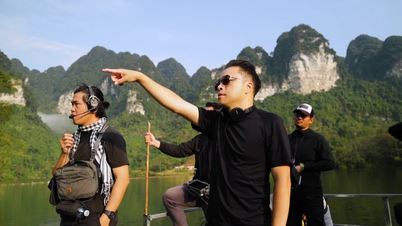

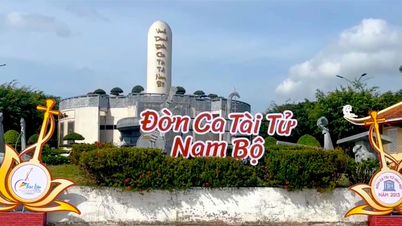

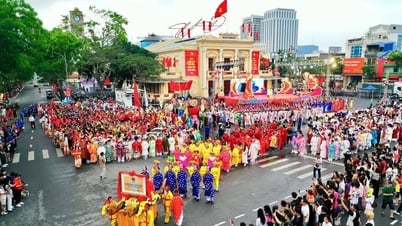
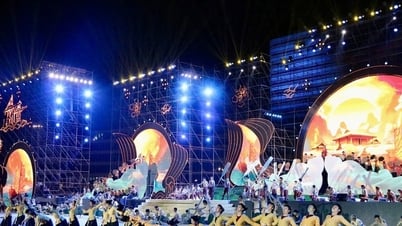





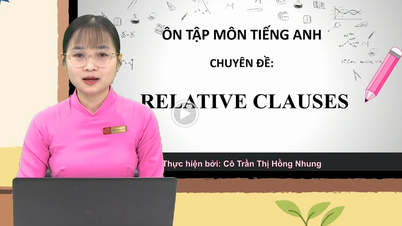
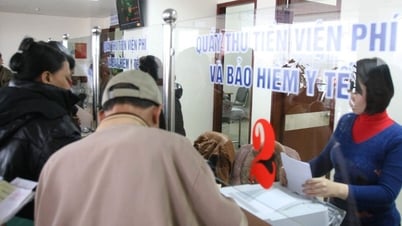
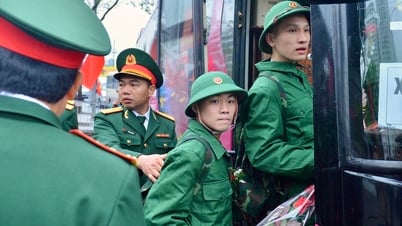

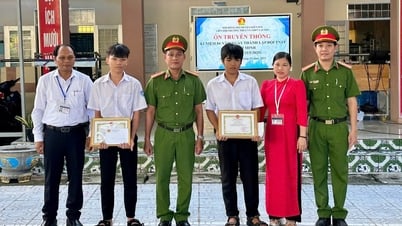














































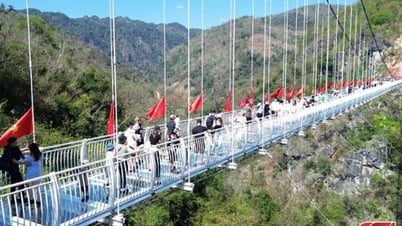




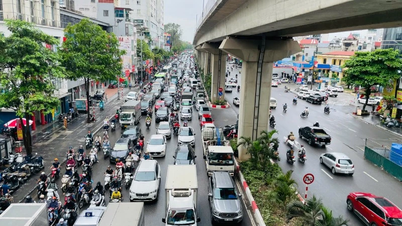

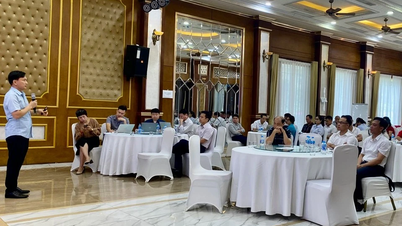

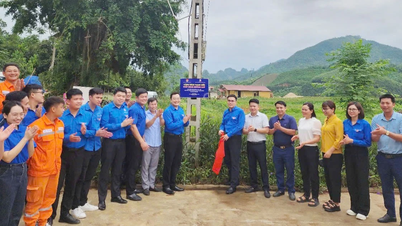












Comment (0)